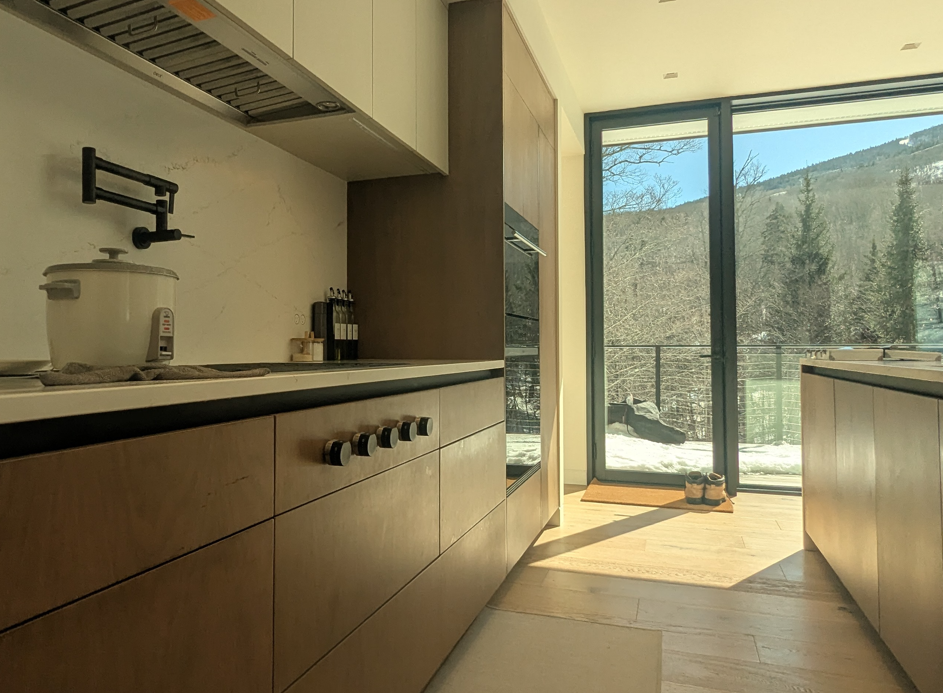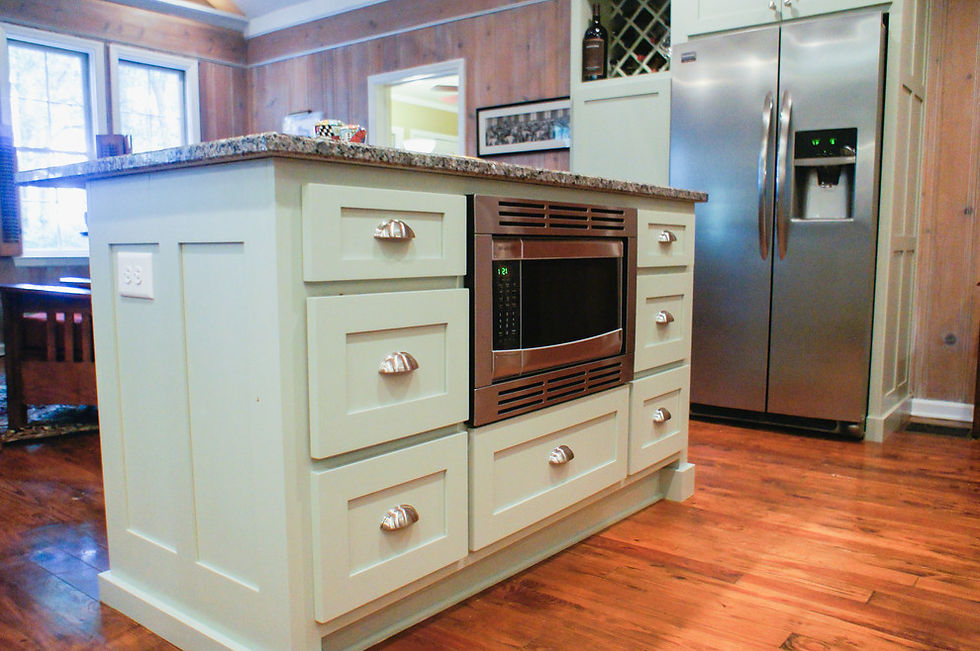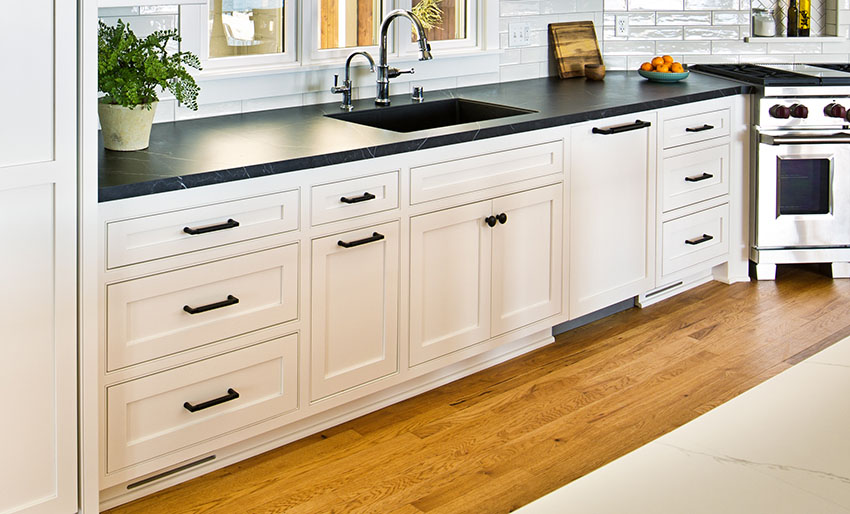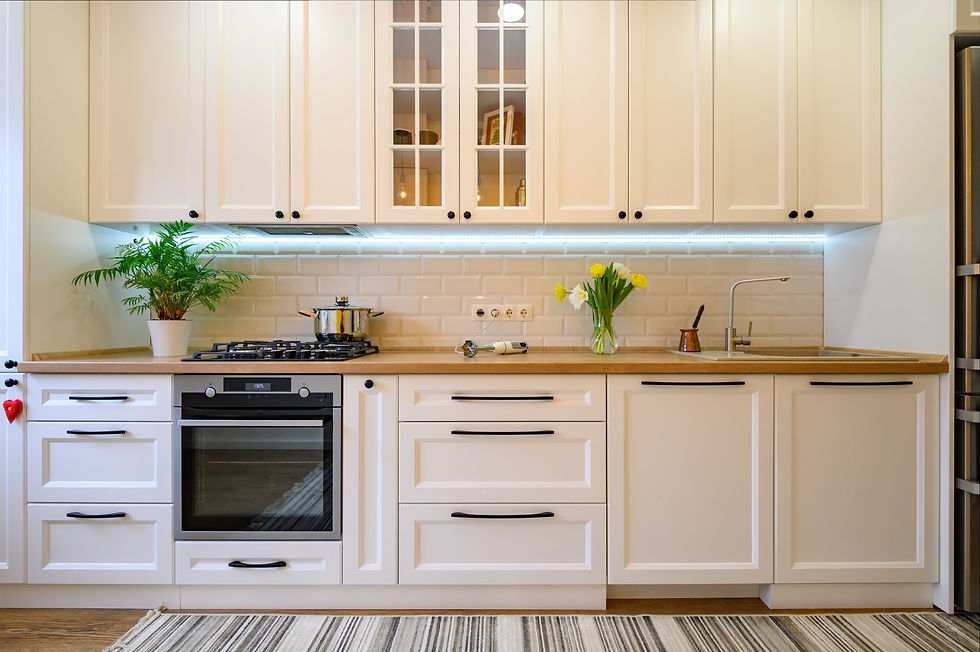Cabinetry 101 - Getting Started on Your Kitchen Design
- Samuel Robertson
- Mar 20
- 3 min read
Understanding Your Style Preferences
Before diving into your cabinetry design, take a moment to consider these fundamental elements that will define the look and functionality of your kitchen or built-ins. This questionnaire will help clarify your preferences and provide a foundation for discussions with your design team.
Door Style Preferences
Overlay vs. Inset Construction
Full Overlay: Cabinet doors completely cover the face frame, creating a seamless, contemporary appearance

Partial Overlay: Doors partially cover the face frame, revealing some of the frame for a more traditional look

Inset: Doors sit flush within the cabinet frame opening, offering a classic, furniture-like quality

Door Profile
Flat/Slab: Clean, minimalist doors with no raised details - popular in modern and contemporary designs

Shaker: Features a simple raised center panel with clean lines - versatile for both traditional and transitional styles

Raised Panel: Traditional style with pronounced center panel - classic and formal

Recessed Panel: Center panel sits below the frame level - European-inspired design
Hardware Preferences
Cabinet Pulls and Handles
Integrated Channel Pulls: Built directly into the cabinet door or drawer, creating seamless lines. Styles come as continuous and coves. You'll love the ease of sanitation, reduced surface area, and streamlined airiness to the kitchen.


Tab Pulls: Minimalist rectangular or square pulls that maintain clean aesthetics. While simple, a busy chef may find them snagging their cloths.

Bar Handles: Linear pulls available in various lengths and finishes. Bar pulls have a universal appeal with their hand-sized accessibility.

Knobs/ Buttons/ Shells: The most traditional hardware of all. Knobs offer great artistic expression for styles such as Craftsman, Colonial, and Artistic homes. Use of mosaic, ceramic, blown glass, etc.

Functional Features
Hinge Types
European Hinges: Concealed hinges that provide clean lines and adjustability. Despite the regional name, these hinges are the most commonly used in the US.
Traditional Hinges: Visible hinges that can add decorative detail
Piano Hinges: Continuous hinges for specific applications
Operational Preferences
Soft Close: Doors and drawers close gently and quietly on their own
Standard Operation: Traditional manual closing
Touch-to-Open: Push-to-open mechanism eliminating need for visible hardware
Combination: Mix of soft-close and touch-to-open for different applications
History
Inset cabinetry has its roots in the Georgian and Victorian periods and was popular in 18th and 19th century American furniture making, when craftsmen created furniture with doors that sat flush within frames for a refined, furniture-like appearance.
Associated styles; Craftsman, Georgian, Victorian.
Overlay cabinetry is associated with American colonial furniture from the 17th century doors simply covering frame openings - because this was the most practical approach when working with solid wood and traditional joinery methods like mortise-and-tenon.
Associated styles (partial overlay); Traditional, Colonial, Shingle
Associated styles (full overlay); Modern, Contemporary, Minimalist
The precision required for true inset construction made it a mark of high-end craftsmanship and wealth. European frameless cabinetry, often called "European-style," developed as a space-efficient solution where doors mount directly to the cabinet box without a face frame, maximizing storage and creating clean lines. This system introduced concealed hinges and full-access construction that became popular in post-war Europe where efficient use of space was paramount. Modern full overlay construction evolved from manufacturing efficiency - it's significantly easier to produce than inset because doors simply need to cover the frame rather than fit precisely within it. Today's transitional styles often blend these approaches, using accessible profiles like Shaker doors (originating from 18th-century Shaker communities' emphasis on functional simplicity) with contemporary hardware and construction methods that balance traditional aesthetics with modern manufacturing realities.
Cost Considerations
Budget Impact: Inset construction and soft-close mechanisms typically cost more than overlay construction and standard hinges by 20-30%.
Painted vs. Veneer: Painted cabinets typically cost 10-15% more than stained cabinets Solid Wood Kitchen Cabinets vs. Wood Veneer +3 due to the additional labor required in the finishing process.




Comments